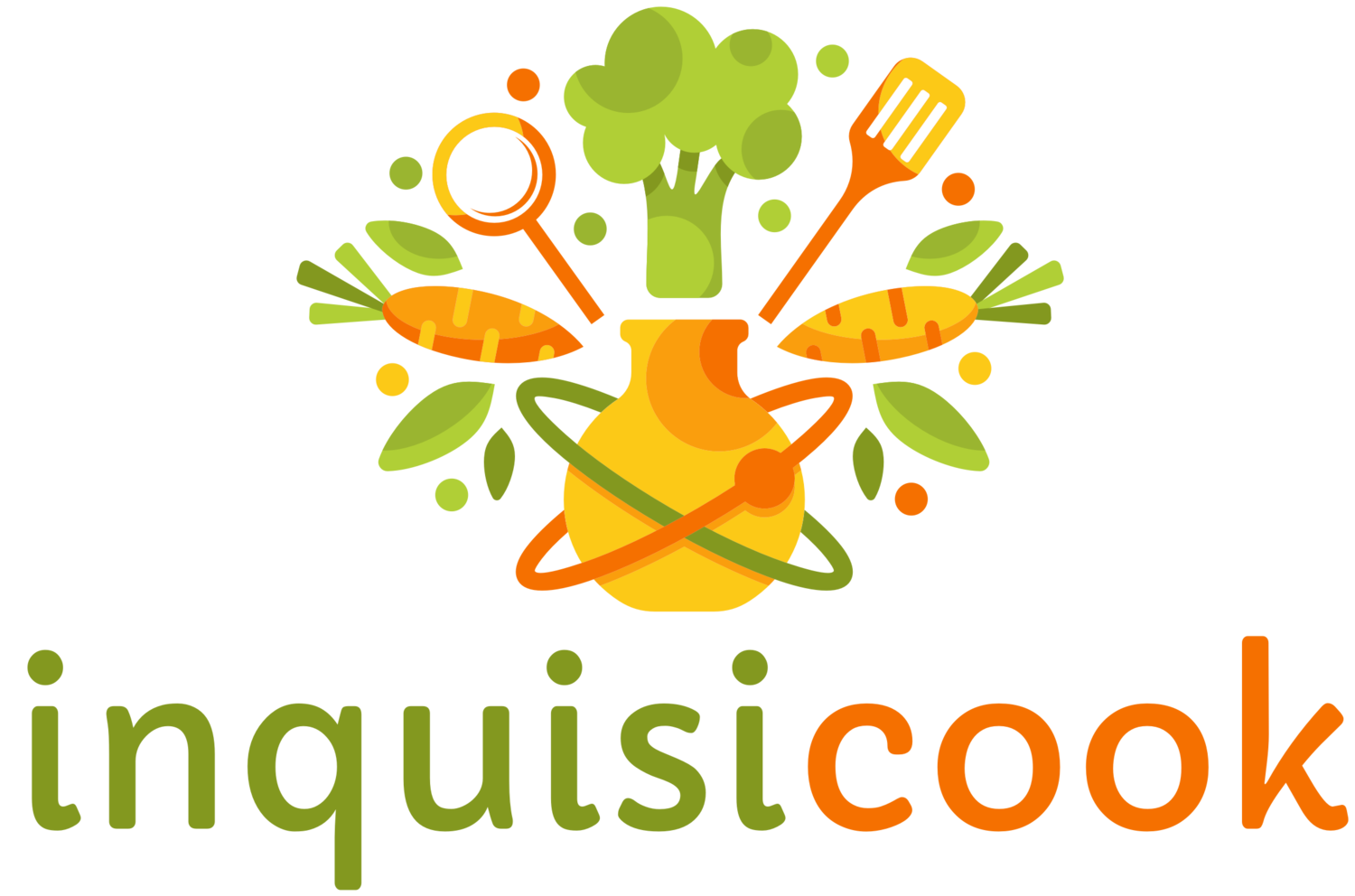Magic Mushroom Powder: The Science of Its Seasoning Superpowers
I’d be hard pressed to decide which I’m more passionate about: cooking or nature study. I spend a lot of time and energy on both, and foraged foods are the perfect convergence of these interests. I’ll admit that I don’t find dandelion greens particularly tempting, but some wild fare is downright delectable. Especially the mushrooms.
The first time I stumbled into a patch of morels I was stunned and amazed. I’d been hiking our property for several years and had never seen one. The discovery was my reward for having hacked my way through a dense thicket to a previously unexplored area. When I saw the first one I stopped dead in my tracks and uttered aloud, “Is that what I think it is?” It was. I glanced around the forest floor and suddenly realized they were everywhere.
Morels are like that. You can be looking right at them and not see them. They remind me of those magic eye pictures. You have to adjust your focus just right, and once you do, you can’t unsee them. Unlike chanterelles, which announce their arrival with brilliant bursts of orange, morels are fallen-leaf brown, with a mesmerizing texture that completes the camouflage. I’m no schmuck when it comes to paying attention in the woods (shout out to the hundreds of snakes that trained me), but I later realized I had walked past scores of mushrooms before spotting that first one. And they are certainly taste treasures worth hunting for.
Mushrooms have a unique characteristic that can be leveraged to amp up flavor exponentially. By now you’ve probably heard about the fifth basic taste called umami—a Japanese word to describe something pleasantly savory. Researchers have isolated the three substances that contribute to umami.¹ They are the amino acid glutamate and the nucleotides guanylate and inosinate. Here’s the important part: In isolation each of these substances boost flavor, but when glutamate is combined with either guanylate or inosinate, there’s a synergy that makes foods taste eight times more savory than when they are used alone.
Mushrooms are high in guanylate, so when you cook them with glutamate-rich foods such as beef, parmesan cheese, sun-dried tomatoes, or soy sauce, you end up with an amplified flavor that is oh so satisfying. A lot of recipes feature umami bomb combinations already, but there’s an easy way to add extra oomph to all sorts of dishes: mushroom powder.
Mushroom powder is a secret ingredient that’s worth its space in the pantry. It’s a natural, healthy flavor enhancer that can be stirred into sauces, soups and stews, and braising liquids. You can sprinkle it on bread dough before baking for a super flavorful crust or whisk it into your scrambled eggs. It also makes dishes containing mushrooms, such as beef stroganoff, taste more mushroom-y.
You can either buy pre-made mushroom powder or make your own. Trader Joe’s has a mushroom powder seasoning blend, and pure powders can be found online or at some Asian markets. If you want to make your own, pick up some dried shiitake or porcini mushrooms and grind them in your food processor or blender. You can make your own custom seasoning blend by adding salt and dried herbs such as thyme or rosemary. Store the powder at room temperature in an air tight container.
As for my morels, the season is so short and the harvest is so abundant that drying and powdering them makes perfect sense. After all, one can only eat so many. And whenever I pick up a pinch of umami throughout the year, I’ll remember the joy of that magic mushroom moment in the forest.


